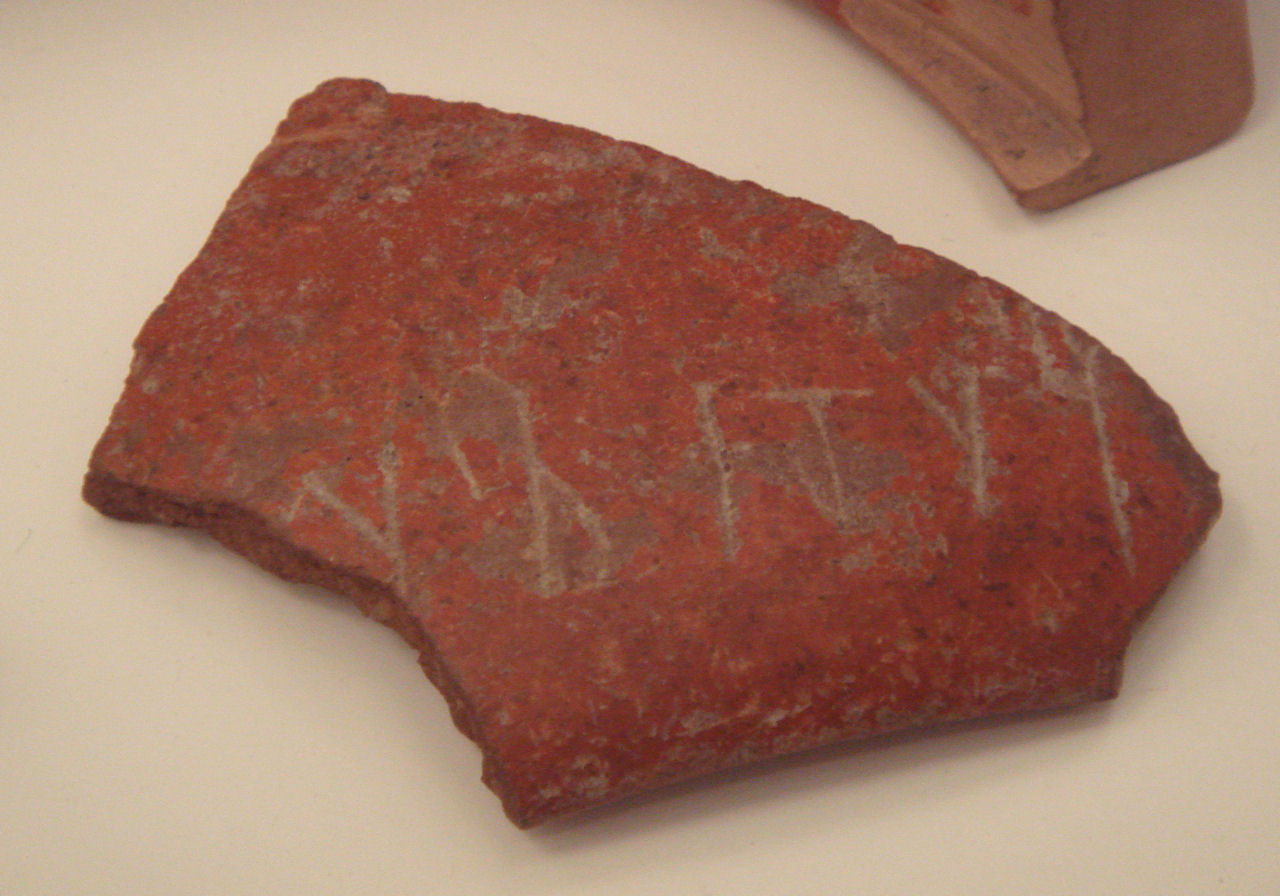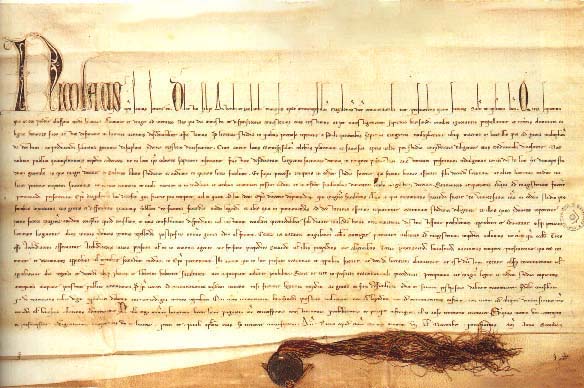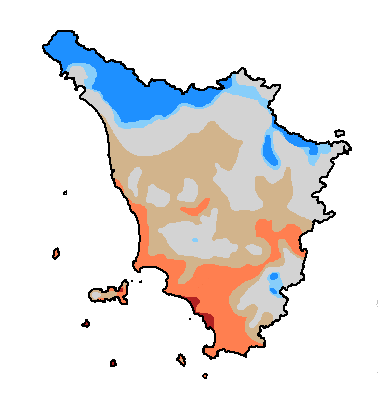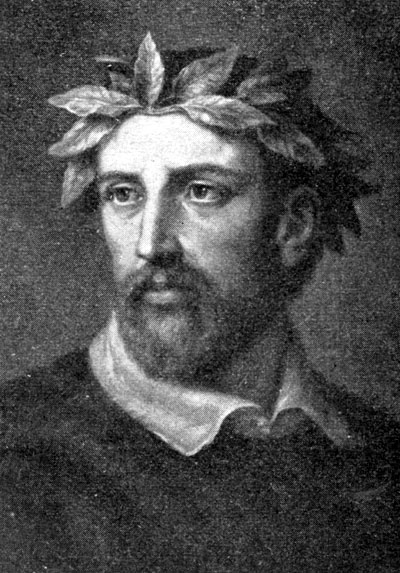|
Petrarca
Francesco Petrarca (; 20 July 1304 – 18/19 July 1374), commonly anglicized as Petrarch (), was a scholar and poet of early Renaissance Italy, and one of the earliest humanists. Petrarch's rediscovery of Cicero's letters is often credited with initiating the 14th-century Italian Renaissance and the founding of Renaissance humanism. In the 16th century, Pietro Bembo created the model for the modern Italian language based on Petrarch's works, as well as those of Giovanni Boccaccio, and, to a lesser extent, Dante Alighieri. Petrarch was later endorsed as a model for Italian style by the Accademia della Crusca. Petrarch's sonnets were admired and imitated throughout Europe during the Renaissance and became a model for lyrical poetry. He is also known for being the first to develop the concept of the " Dark Ages".Renaissance or Prenaissa ... [...More Info...] [...Related Items...] OR: [Wikipedia] [Google] [Baidu] |
Arquà Petrarca
Arquà Petrarca () is a town and municipality (''comune'') in northeastern Italy, in the Veneto region, in the province of Padua. As of 2007 the estimated population of Arquà Petrarca was 1,835. The town is part of the association of the most beautiful villages in Italy, and it has been awarded the Bandiera arancione award for excellence in tourism, hospitality and the environment. Within the town boundaries lies the Coast Lake (Laghetto della Costa), one of the Prehistoric Pile Dwellings Around the Alps, since 2011 in the UNESCO World Heritage Sites list. in ''Comune di Arquà Petrarca'' Petrarch Arquà is the place where the poet (Francesco Petrarca) live ...[...More Info...] [...Related Items...] OR: [Wikipedia] [Google] [Baidu] |
Padua
Padua ( ; it, Padova ; vec, Pàdova) is a city and ''comune'' in Veneto, northern Italy. Padua is on the river Bacchiglione, west of Venice. It is the capital of the province of Padua. It is also the economic and communications hub of the area. Padua's population is 214,000 (). The city is sometimes included, with Venice (Italian ''Venezia'') and Treviso, in the Padua-Treviso-Venice Metropolitan Area (PATREVE) which has a population of around 2,600,000. Padua stands on the Bacchiglione River, west of Venice and southeast of Vicenza. The Brenta River, which once ran through the city, still touches the northern districts. Its agricultural setting is the Venetian Plain (''Pianura Veneta''). To the city's south west lies the Euganaean Hills, praised by Lucan and Martial, Petrarch, Ugo Foscolo, and Shelley. Padua appears twice in the UNESCO World Heritage List: for its Botanical Garden, the most ancient of the world, and the 14th-century Frescoes, situated in d ... [...More Info...] [...Related Items...] OR: [Wikipedia] [Google] [Baidu] |
Triumphs
''Triumphs'' (Italian: ''I Trionfi'') is a 14th-century Italian series of poems, written by Petrarch in the Tuscan language. The poem evokes the Roman ceremony of triumph, where victorious generals and their armies were led in procession by the captives and spoils they had taken in war. This was a popular and influential poem series when it was published. Composed over more than twenty years, the poetry is written in ''terza rima''. It consists of twelve chapters ordered in six triumphs envisioned by the poet in a dream honoring allegorical figures such as Love, Chastity, Death, and Fame, who vanquish each other in turn. Further triumphs are awarded to Time and Eternity. Composition of the work started in 1351 and the final chapter was last edited on February 12, 1374, a few months before the author's death. The book was produced in many lavish illuminated manuscript versions, and spawned panel paintings for cassoni and the like. The ancient Roman triumph survived the Middle Age ... [...More Info...] [...Related Items...] OR: [Wikipedia] [Google] [Baidu] |
Accademia Della Crusca
The Accademia della Crusca (; "Academy of the Bran"), generally abbreviated as La Crusca, is a Florence-based society of scholars of Italian linguistics and philology. It is one of the most important research institutions of the Italian language, as well as the oldest linguistic academy in the world. The ''Accademia'' was founded in Florence in 1583, and has since been characterized by its efforts to maintain the purity of the Italian language. ', which means "bran" in Italian, helps convey the metaphor that its work is similar to winnowing, as also does its emblem depicting a sifter for straining out corrupt words and structures (as bran is separated from wheat). The academy motto is ''"Il più bel fior ne coglie"'' ('She gathers the fairest flower'), a famous line by the Italian poet Francesco Petrarca. In 1612, the ''Accademia'' published the first edition of its dictionary, the '' Vocabolario degli Accademici della Crusca'', which has served as the model for similar w ... [...More Info...] [...Related Items...] OR: [Wikipedia] [Google] [Baidu] |
Il Canzoniere
''Il Canzoniere'' (; en, Song Book), also known as the ''Rime Sparse'' ( en, Scattered Rhymes), but originally titled ' ( en, Fragments of common things, that is ''Fragments composed in vernacular''), is a collection of poems by the Italian humanist, poet, and writer Petrarch. Though the majority of Petrarch's output was in Latin, the ''Canzoniere'' was written in the vernacular, a language of trade, despite Petrarch's view that Italian was less adequate for expression. Of its 366 poems, the vast majority are in sonnet form (317), though the sequence contains a number of canzoni (29), sestine (9), madrigals (4), and ballate (7). Its central theme is the poet's love for Laura, a woman Petrarch allegedly met on April 6, 1327, in the Church of Sainte Claire in Avignon. Though disputed, the inscription in his copy of Virgil records this information. Petrarch's meticulous dating of his manuscripts has allowed scholars to deduce that the poems were written over a period of forty ye ... [...More Info...] [...Related Items...] OR: [Wikipedia] [Google] [Baidu] |
Ser Petracco
Ser Petracco (born Pietro di Parenzo di Garzo; 1267—1326) was the father to the Italian poet Francesco Petrarca. His father was Ser Parenzo, son of Ser Garzo who reputedly lived to be 100. They all were notaries, the same office that Ser Petracco held in Florence. The family did have a small property in Florence. His wife’s name was Eletta Canigiani (1270—1319), the mother to Petrarch, whom he married around 1302. Petrarch’s granddaughter was named after her. Ser Petracco was a merchant and also worked for the State. Before he was 35 years old he had already held many high public positions. He was "Chancellor of the Commission for the Reforms" as well as a delegate of an important embassy to Pisa in 1301. At the end of 1302 of his political career he was falsely charged of legal matters in his absence. The sentence was a fine of 1000 Lira or the loss of his right hand. He refused to pay the fine and his property was taken from him. He belonged to the political party of the ... [...More Info...] [...Related Items...] OR: [Wikipedia] [Google] [Baidu] |
University Of Bologna
The University of Bologna ( it, Alma Mater Studiorum – Università di Bologna, UNIBO) is a public research university in Bologna, Italy. Founded in 1088 by an organised guild of students (''studiorum''), it is the oldest university in continuous operation in the world, and the first degree-awarding institution of higher learning. At its foundation, the word ''universitas'' was first coined.Hunt Janin: "The university in medieval life, 1179–1499", McFarland, 2008, , p. 55f.de Ridder-Symoens, Hilde''A History of the University in Europe: Volume 1, Universities in the Middle Ages'' Cambridge University Press, 1992, , pp. 47–55 With over 90,000 students, it is the second largest university in Italy after La Sapienza in Rome. It was the first place of study to use the term ''universitas'' for the corporations of students and masters, which came to define the institution (especially its law school) located in Bologna. The university's emblem carries the motto, ''Alma Mater Studio ... [...More Info...] [...Related Items...] OR: [Wikipedia] [Google] [Baidu] |
Giovanni Boccaccio
Giovanni Boccaccio (, , ; 16 June 1313 – 21 December 1375) was an Italian writer, poet, correspondent of Petrarch, and an important Renaissance humanist. Born in the town of Certaldo, he became so well known as a writer that he was sometimes simply known as "the Certaldese" and one of the most important figures in the European literary panorama of the fourteenth century. Some scholars (including Vittore Branca) define him as the greatest European prose writer of his time, a versatile writer who amalgamated different literary trends and genres, making them converge in original works, thanks to a creative activity exercised under the banner of experimentalism. His most notable works are '' The Decameron'', a collection of short stories which in the following centuries was a determining element for the Italian literary tradition, especially after Pietro Bembo elevated the Boccaccian style to a model of Italian prose in the sixteenth century, and '' On Famous Women''. He ... [...More Info...] [...Related Items...] OR: [Wikipedia] [Google] [Baidu] |
Arezzo
Arezzo ( , , ) , also ; ett, 𐌀𐌓𐌉𐌕𐌉𐌌, Aritim. is a city and ''comune'' in Italy and the capital of the Province of Arezzo, province of the same name located in Tuscany. Arezzo is about southeast of Florence at an elevation of Above mean sea level, above sea level. As of 2022, the population was about 97,000. Known as the city of gold and of the high fashion, Arezzo was home to artists and poets such as Giorgio Vasari, Guido of Arezzo and Guittone d'Arezzo and in its Province of Arezzo, province to Renaissance artist Michelangelo. In the artistic field, the city is famous for the frescoes by Piero della Francesca inside the Basilica of San Francesco, Arezzo, Basilica of San Francesco, and the crucifix by Cimabue inside the Basilica of San Domenico, Arezzo, Basilica of San Domenico. The city is also known for the important Giostra del Saracino, a game of chivalry that dates back to the Middle Ages. History Described by Livy as one of the ''Capita Etruriae'' ... [...More Info...] [...Related Items...] OR: [Wikipedia] [Google] [Baidu] |
University Of Montpellier
The University of Montpellier (french: Université de Montpellier) is a public research university located in Montpellier, in south-east of France. Established in 1220, the University of Montpellier is one of the oldest universities in the world. The university was split into three universities (the University of Montpellier 1, the University of Montpellier 2 and the Paul Valéry University Montpellier 3) for 45 years from 1970 until 2015 when it was subsequently reunified by the merger of the two former, with the latter, now named Paul Valéry University, Montpellier III remaining a separate entity. History The university is considerably older than its formal founding date, associated with a papal bull issued by Pope Nicholas IV in 1289, combining all the centuries-old schools into a university, but the first statutes were given by Conrad of Urach in 1220. It is not known exactly when the schools of liberal arts were founded that developed into the Montpellier faculty o ... [...More Info...] [...Related Items...] OR: [Wikipedia] [Google] [Baidu] |
Tuscany
it, Toscano (man) it, Toscana (woman) , population_note = , population_blank1_title = , population_blank1 = , demographics_type1 = Citizenship , demographics1_footnotes = , demographics1_title1 = Italian , demographics1_info1 = 90% , demographics1_title2 = , demographics1_info2 = , demographics1_title3 = , demographics1_info3 = , timezone1 = CET , utc_offset1 = +1 , timezone1_DST = CEST , utc_offset1_DST = +2 , postal_code_type = , postal_code = , area_code_type = ISO 3166 code , area_code = IT-52 , blank_name_sec1 = GDP (nominal) , blank_info_sec1 = €118 billion (2018) , blank1_name_sec1 = GDP per capita , blank1_info_sec1 = €31,500 (2018) , blank2_name_sec1 = HDI (2019) , blank2_info_sec1 = 0.907 • 6th of 21 , blank_name_sec2 = NUTS Region , blank_info_sec2 ... [...More Info...] [...Related Items...] OR: [Wikipedia] [Google] [Baidu] |
Poet Laureate
A poet laureate (plural: poets laureate) is a poet officially appointed by a government or conferring institution, typically expected to compose poems for special events and occasions. Albertino Mussato of Padua and Francesco Petrarca (Petrarch) of Arezzo were the first to be crowned poets laureate after the classical age, respectively in 1315 and 1342. In Britain, the term dates from the appointment of Bernard André by Henry VII of England. The royal office of Poet Laureate in England dates from the appointment of John Dryden in 1668. In modern times a poet laureate title may be conferred by an organization such as the Poetry Foundation, which designates a Young People's Poet Laureate, unconnected with the National Youth Poet Laureate and the United States Poet Laureate. The office is also popular with regional and community groups. Examples include the Pikes Peak Poet Laureate, which is designated by a "Presenting Partners" group from within the community, the Minnesota p ... [...More Info...] [...Related Items...] OR: [Wikipedia] [Google] [Baidu] |




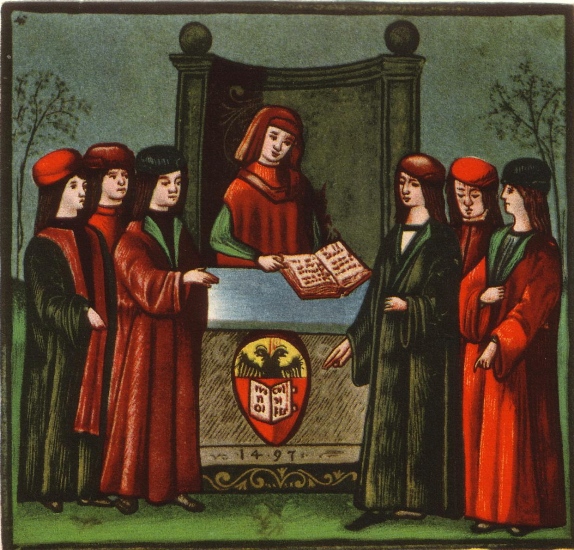
_School_-_Boccaccio_(1313–1375)_(Giovanni_Boccaccio)_-_355512_-_National_Trust.jpg)
